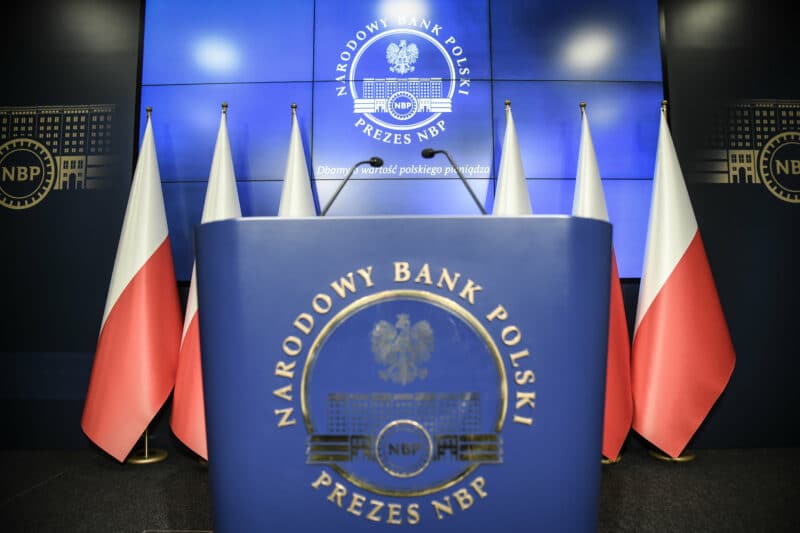Given that Wednesday’s decision by the Monetary Policy Council to keep interest rates unchanged for the fifth time in a row (5.75%) was no surprise, focus in March turned to new macroeconomic projections and the press conference of the Council’s president. This, as emphasized by Adam Glapiński himself, was marked by the theme of “uncertainty.”
Although we will only receive accurate data on this topic in a little over a week (March 15), according to the President of the National Bank of Poland (NBP), preliminary estimates indicate that inflation in February fell within the inflation target range (2.5% ± 1 pp.). This information was one of the most emphasized elements of the March conference, although – in line with the President’s rhetoric – it is unlikely to have a significant influence on the bank’s monetary policy movements in the coming months.
Attention remains focused on the uncertainty around the future path of inflation and the bank’s belief that we will see a resurge in the second half of the year. The mentioned uncertainty arises from two key factors:
1. The potential return of a five percent food VAT, which, according to the NBP’s estimates, could influence a less than one percentage point increase in price dynamics (0.9 pp.).
2. The possible elimination of anti-inflation shields, affecting the anchoring of electricity or gas prices.
While the first element might cease to be a mystery in the coming days (given the intensified messages from the authorities), the second issue might remain unresolved until June, when the current law expires. This strengthens our belief that until then, the Council will not decide to change the level of interest rates nor produce any messages that could somewhat clarify the situation regarding future moves in monetary policy.
Although unlikely, the bank’s gloomiest scenario predicts a return to 8.4% inflation by the end of the fourth quarter of this year. During the conference itself, two possible paths of inflation, dependent on actions concerning regulated prices, were presented. Both, however, assume normalization within the target range in the forecast horizon.
The full inflation report will be published on Monday. However, we can already reveal that the bank’s baseline inflation projection assumes, with a 50% probability, an annual price dynamics range of 2.8-4.3% in 2024, 2.2-5.0% in 2025, and 1.5-4.3% in 2026. This revises the figures downwards compared to November’s figures – particularly significantly for this year.
An upward revision was noted, however, concerning economic forecasts. The bank expects annual GDP growth, with a 50% probability, to be within the range of 2.7-4.3% in 2024, 3.2-5.3% in 2025, and 2.0-4.5% in 2026. Glapiński provided a more optimistic economic view during the conference itself. However, he emphasized that Germany’s poor performance – Poland’s main economic partner – could pose a significant risk factor in this respect.
While the EUR/PLN exchange rate barely flinched, the President’s statements could be perceived as slightly less hawkish than in the previous month. He repeatedly emphasized that the Monetary Policy Council can only predict the shape of the inflation situation with high precision until the end of June. Until the government’s plans for the possible continuation of the anti-inflation shield program are clarified, it seems unlikely that the Council’s decisions could significantly change rhetoric. It seems that we can only count on reductions later this year if one of the more optimistic scenarios for the Bank is met, which would largely maintain the status quo in terms of regulated prices.
Author: Michał Jóźwiak – Ebury analyst
